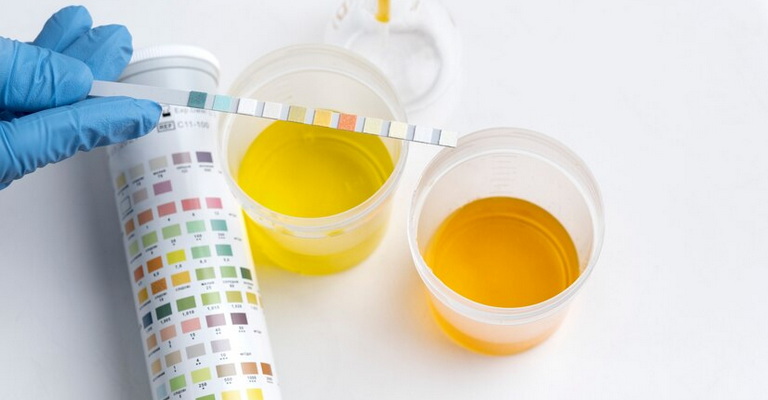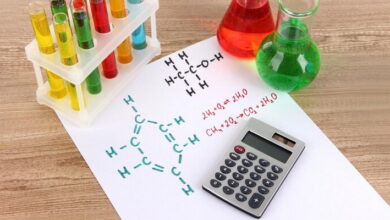Acid-Base Titrations MCQs with Answers

Welcome to the Acid-Base Titrations MCQs with Answers, it helps learners quickly identify areas for improvement in Acid-Base Titrations Online Test.
| Acid-base titrations are fundamental in analytical chemistry, involving the quantitative determination of the concentration of an acid or a base in a solution. These titrations are conducted by gradually adding a standardized solution (titrant) of known concentration to the analyte until the reaction between the acid and base is complete. This process allows for the determination of the unknown concentration based on stoichiometric principles.
In Acid-Base Titrations, understanding the titration curves is crucial. These curves depict the pH changes that occur during titration, providing insights into the equivalence point (where acid and base are stoichiometrically balanced) and the endpoint (where the indicator changes color). Multiple Choice Questions (MCQs) on acid-base titrations often focus on interpreting these curves, identifying appropriate indicators, and calculating quantities such as the pH at different points of titration. Endpoint determination MCQs test knowledge on selecting the right indicator based on the expected pH range of the equivalence point. Neutralization reactions exam questions explore the chemical processes involved in these titrations, emphasizing how acids and bases neutralize each other to form salts and water. Titration calculations MCQs assess proficiency in performing stoichiometric calculations to determine the concentration of unknown solutions based on volumes and concentrations of reactants involved. These exercises are crucial for mastering the practical application of acid-base titration principles in analytical chemistry. |
Acid-Base Titrations Online Quiz
By presenting 3 options to choose from, Acid-Base Titrations Quiz which cover a wide range of topics and levels of difficulty, making them adaptable to various learning objectives and preferences. You will have to read all the given answers of Acid-Base Titrations Questions and Answers and click over the correct answer.
- Test Name: Acid-Base Titrations MCQ Quiz Practice
- Type: Quiz Test
- Total Questions: 40
- Total Marks: 40
- Time: 40 minutes
Note: Answer of the questions will change randomly each time you start the test. Practice each quiz test at least 3 times if you want to secure High Marks. Once you are finished, click the View Results button. If any answer looks wrong to you in Quiz, simply click on question and comment below that question, so that we can update the answer in the quiz section.
Download Certificate of Acid-Base Titrations Test
On the end of Quiz, you can download the certificate of the quiz if you got more than 70% marks.
Acid-Base Titrations Flashcards
If you are interested to enhance your knowledge regarding Physics, Computer, and Biology please click on the link of each category, you will be redirected to dedicated website for each category.




